Bunker, brewery, cloisters, gallery: the new museum where women rule
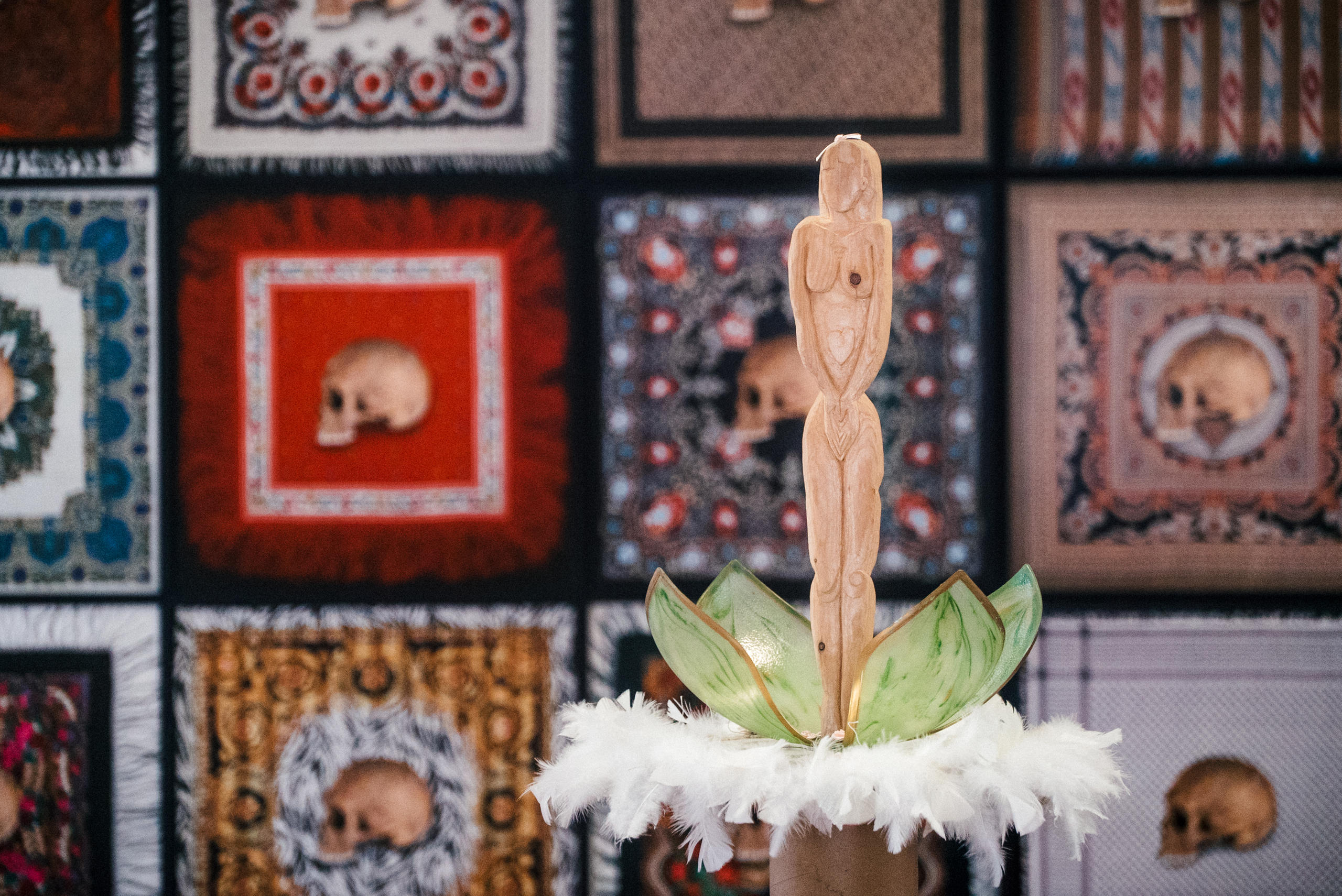
The village of Susch in eastern Switzerland used to be a sleepy transit hub. Now it’s home to a world-renowned artistic space that focuses on the role of women in the arts and sciences.
The Muzeum SuschExternal link is the brainchild of Polish billionaire and collector Grażyna Kulczyk,, who renovated an ancient monastery and brewery for the project.
Roughly two hours away from Zurich, Susch (with a population of just over 200) has become another hotspot on canton Graubünden’s tourist map. Situated beside a spa for burnout and depression patients, the Muzeum Susch offers another sort of therapy for the senses.
The massive (re)construction of the monastery and brewery (parts of which date from the 12th century), and digging an underground bunker-passage connecting both, radically altered the daily pace of the village. “Everything changed,” said a local resident, pointing to the river’s current as we crossed a bridge towards the museum. “You see the current going down? Well, it used to go up before the construction. Fishing has become much easier,” he says with a hearty laugh.
Mareike Dittmers, the Susch museum’s director, was also surprised by the high number of visitors it received right after its inauguration in early January: 2.000 people in two weeks and over 8.000 in the first three months. It also received broad coverage in the international press.
“I guess the public realised quickly that this was something special, not just exotic,” she says.

More
Displacing 9.000 metric tons of rock to create 1.500 square meters of artspace
In fact, Muzeum Susch stands out among the recent bunch of private museums sprouting all over the world, especially in China and the US. “Most of these private museums created by billionaires are simply show-offs,” says Chus Martínez, head of Instituto Susch, the think-tank functioning alongside the museum’s program. “Muzeum Susch, on the other hand, is a research-based private museum, which is something very rare,” she explains.
Martínez’ conception of the Instituto is an extension of a research centre that she has set up as director of the Arts Institute at the FHNW Academy of Art and Design in Basel, where she also runs the Institute’s exhibition space Der Tank. A prodigious art historian and curator, Chus Martínez has dealt with gender issues for many years, and her position on feminism goes much beyond the simplistic “war-of-the-sexes” notions. She looks at the future:
The hands-on patroness
During all the stages of the museum’s renovation, Grazyna Kulczyk was a constant presence in Susch. She oversaw all aspects of the project, and handpicked her collaborators, but the new museum is not just a nice depot for her extensive collection. At every exhibition, only 40 to 50% of the artworks displayed are from Kulczyk’s collection, in order to keep a constant exchange with other institutions.
This does not apply only to artworks and objects, but also to the personnel. The museum doesn’t have a chief curator, but prefers to work with invited experts. The current exhibition, “A Woman Looking at Men Looking at Women”, was conceived by Kasia Redzisz, Tate Liverpool’s senior curator.
In the Muzeum, women play practically all prominent roles, from top to bottom – there is only one man in the team, managing curator Krzysztof Kościuczuk. However, as Martínez explained to swissinfo.ch, a feminist approach is not the institution’s calling card.
“There are many other important issues around gender: colonialism, racism, poverty, inequality,” she says.
Critics of the museum’s concept have raised questions around just those issues. Zurich-based critic Aoife Rosenmeyer External linkwondered about the accessibility of the museum: located in quite a moneyed touristic region, not far from St Moritz, doesn’t it reinforce the elitist circuit of the arts?
“Classism, meanwhile, remains very much in evidence, the art market in particular being lubricated by hype, exclusivity, pedigree, and provenance – and the Muzeum Susch fosters that ambience”, writes Rosenmeyer. For her part, Dittmer proudly emphasises that every stage of the project has been done with full participation from the local community.
And many would argue that Switzerland is itself a privileged place, as well as a very traditional and patriarchal country. Chus Martínez doesn’t quite agree:
The Muzeum also hosts an artistic residency and a programme devoted to performance art, besides a series of symposiums and public talks. But instead of running a publishing operation to register these activities, the Muzeum opted to make them available via podcasts – there are 15 planned to be released this year. Visitors can also download an app to navigate the exhibition spaces.
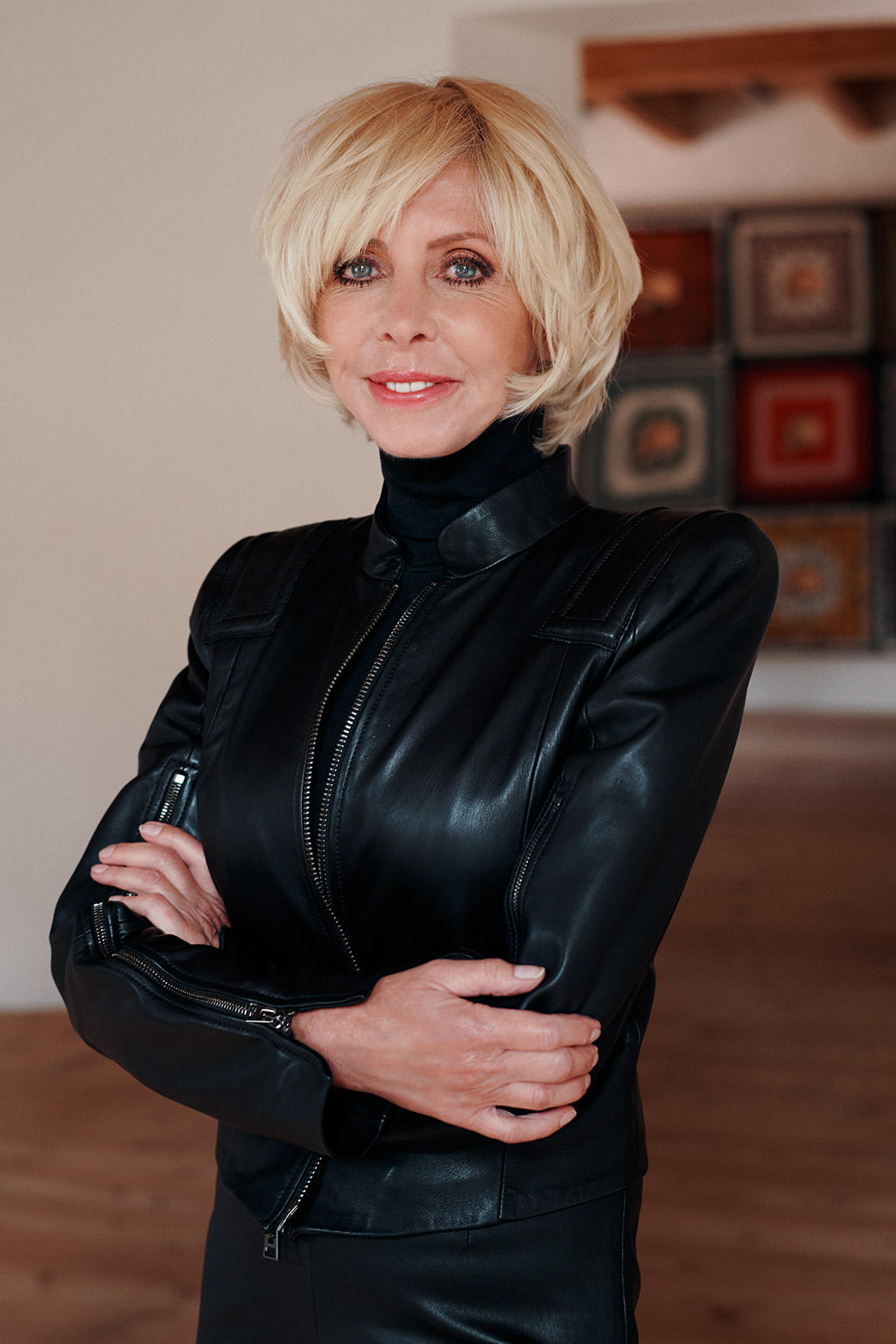
Origin story
Grażyna Kulczyk is an active, though discreet patron of contemporary arts, a passion she has carried with her since her more modest student years, in late 1960s Poland. With no money to buy artworks, Kulczyk started collecting posters. Later, in the 1980s, she used her late husband’s car dealership to exhibit the works of her favourite artists instead of a gallery. As the family fortune expanded exponentially with the end of the communist regime – with Kulczyk playing an active role in the business – she decided to focus her arts acquisitions on contemporary art, focusing on Polish and Eastern European artists, many of them women.
In 2003 she bought a ruined brewery in her hometown of Poznan called Stary Browar, transforming it into a modern center for visual and performing arts, and renting the rest of the space to shops and restaurants. This way, the cultural centre could be in large part subsidised by the revenues of the adjoining shopping mall. More ambitious plans for Stary Browar were soon aborted because of the inauspicious cultural climate fostered by the nationalist Law and Justice Party, in power since 2005. In 2015, Stary Browar was sold to Deutsche Asset and Wealth Management for 290 million euros ($325 million).
Having moved together with her collection to Graubünden, it was a twist of fate that made her think of the future Muzeum Susch: stuck in a traffic jam in Susch one day, on the way to her home in Tschlins, she looked at the old dilapidated monastery and brewery complex and imagined her dream coming true in Switzerland.
Mrs. Kulczyk also sits on committees and boards at the Tate Modern (UK), the Museum of Modern Art in Warsaw, and the Modern Women’s Fund Committee of the Museum of Modern Art in New York (Moma).

In compliance with the JTI standards
More: SWI swissinfo.ch certified by the Journalism Trust Initiative
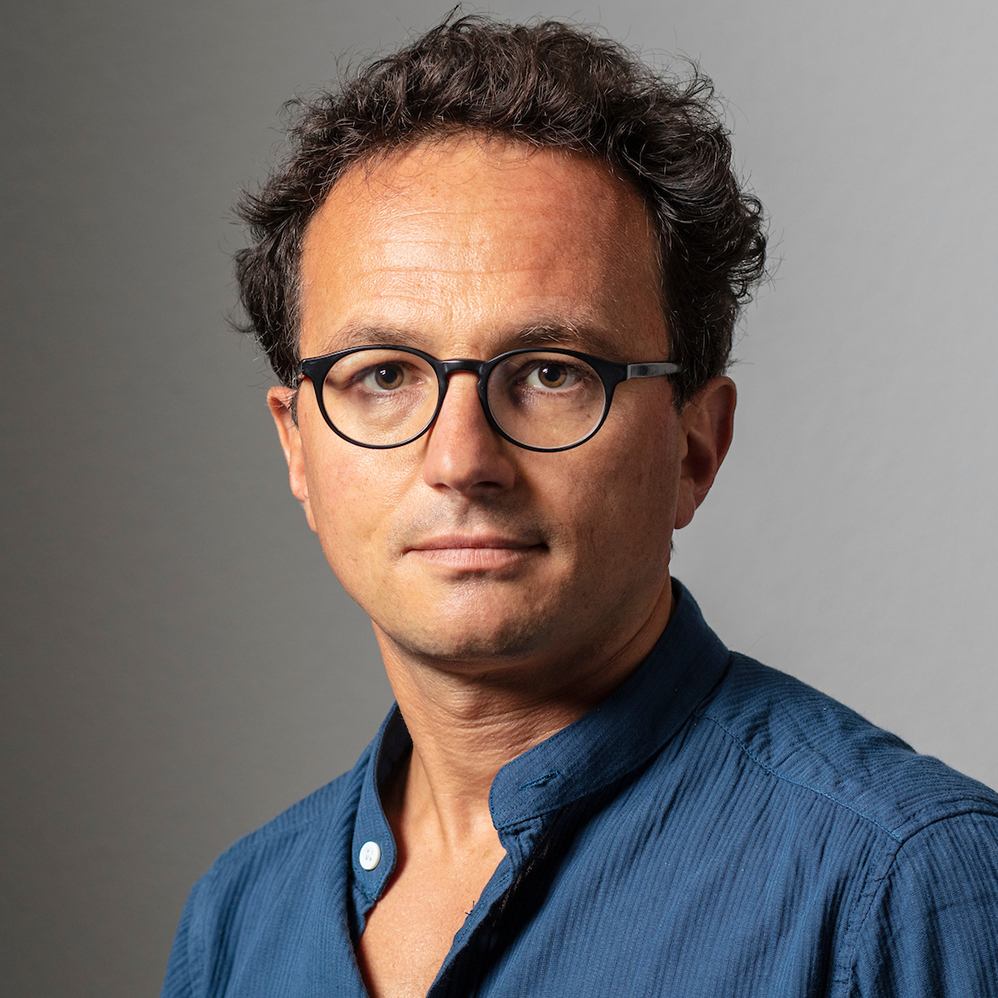
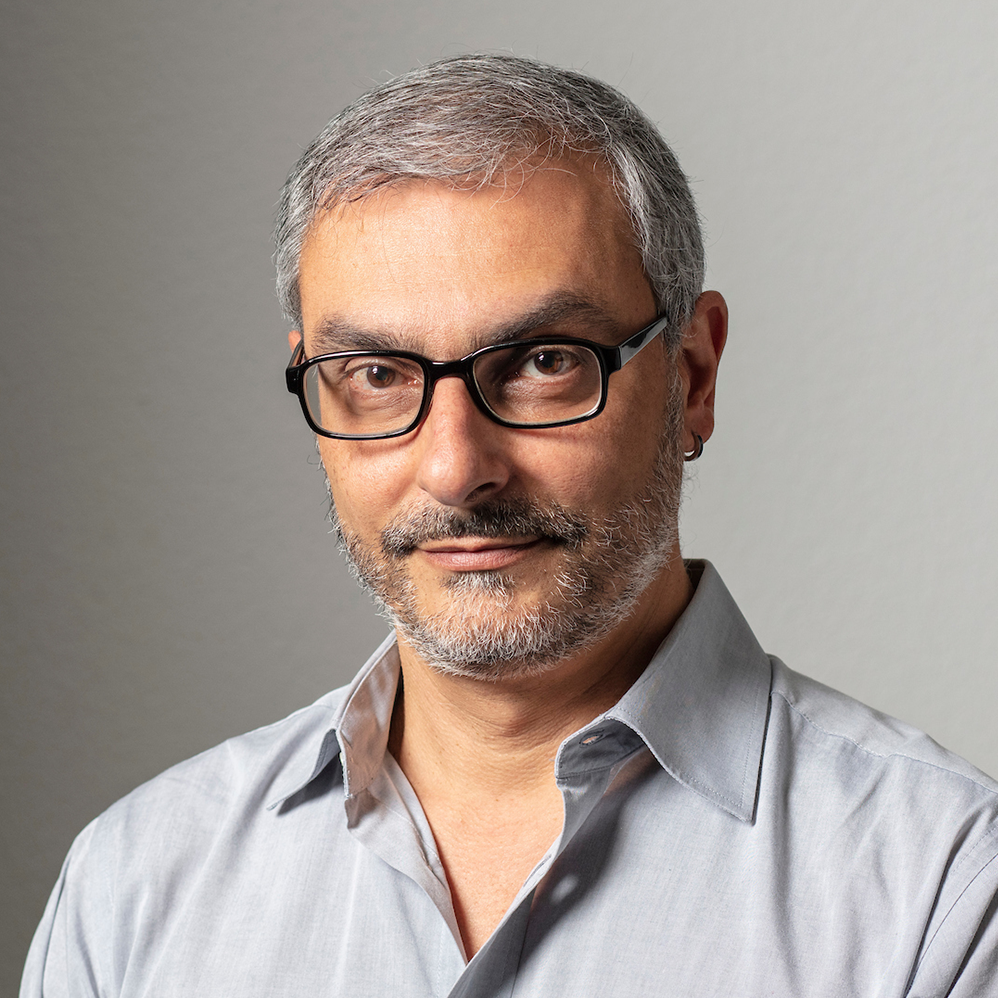
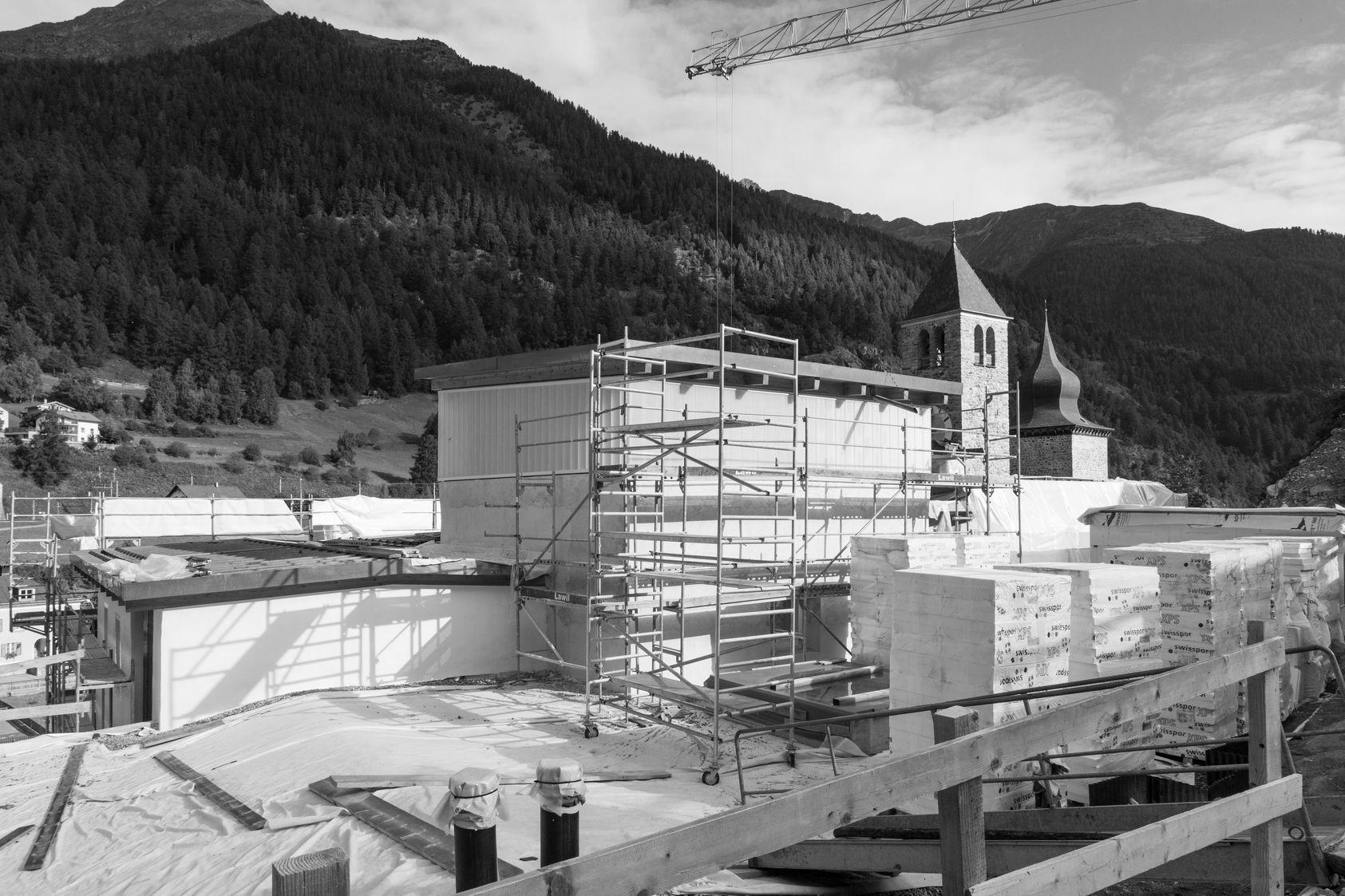
You can find an overview of ongoing debates with our journalists here. Please join us!
If you want to start a conversation about a topic raised in this article or want to report factual errors, email us at english@swissinfo.ch.